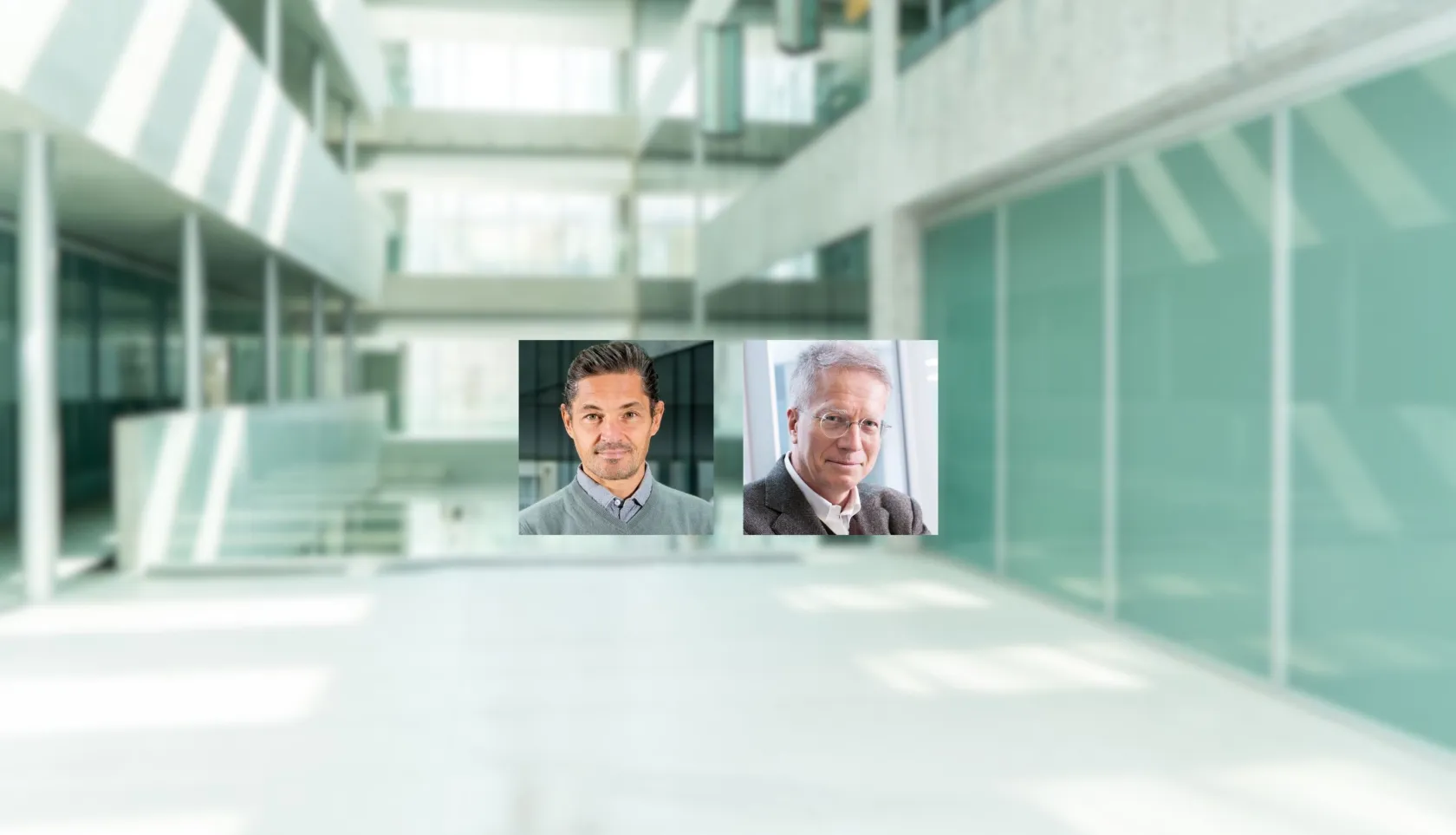
Why the Poor Vote for the Right (and Stop Demanding More Equality)
There is a paradox running through politics today. Inequality is growing, but the demand for redistribution is decreasing. The working classes, historically leaning to the left, are increasingly voting for the right. And election campaigns are won with symbolic battles over religion, immigration and “traditional values” rather than wages and welfare.
A new study (“Presidential lecture: identity politics”) by Nicola Gennaioli and Guido Tabellini of Bocconi University, forthcoming in Econometrica, offers a powerful and disorienting explanation: we are no longer divided into classes, but into cultural identities. And it is on these that the game of democracy is played.
“Political polarization no longer revolves around wealth or income,” says Gennaioli, a professor at Bocconi's Department of Finance. “It has become a clash between opposing visions of society: on one side the multicultural progressives, on the other side the conservatives tied to local, religious and traditional identities.”
The (endogenous) change of identity
The heart of the model is simple and radical: people choose the identity they feel is most relevant to the social conflicts of the moment. When economics dominates the agenda, people split by class. But when culture becomes more salient—for example, because of immigration or ethical issues—people position themselves into opposing cultural groups.
This choice, however, is neither fixed nor random: it is a dynamic and endogenous response to social and political tensions. The model explains that individuals identify with the group they perceive as most in conflict with the “other” and with which they feel most affinity. A more visible cultural divide than an economic one may push even a worker on temporary jobs to feel part of a conservative rather than a class identity.
“Those who identify as 'white, Christian, traditionalist' will end up placing less importance on redistribution and more on defending their values. Even if they are poor,” stresses Tabellini, a professor at the Bocconi Department of Economics.
An (expensive) propaganda strategy
The model also shows how political parties have understood—and strategically exploited—this mechanism. Instead of proposing economic agendas, they invest resources in identity propaganda, amplifying cultural stereotypes that define their own “us” versus “them”: the local citizen versus the immigrant, the traditional worker versus the progressive elite.
In the model, this operation has a specific name: “spreading stereotypes”. It is a form of political persuasion that costs resources and produces polarization: it reinforces identification in culturally defined groups and makes political positions increasingly extreme.
“Propaganda does not aim to convince, but to radicalize,” Gennaioli observes. “Every extreme slogan pushes opponents to be even more extreme. And politics turns into religious warfare.”
Trust and historical roots
However, the ability of parties to influence identity is not uniform. The model takes into account the fact that parties are historically connected to specific social groups: the right with the upper classes and religious conservatives, the left with workers and progressives. This connection conditions the trust with which voters receive a party's promises and propaganda: a conservative will be more receptive to right-wing messages, a progressive to left-wing ones. Thus are allegiances strengthened, and with them polarization.
The survey that triggered the model
Underpinning the theory, the authors cite a new survey of 3,000 U.S. citizens, representative of the U.S. population, which shows that the majority no longer identify themselves in economic terms, but in cultural terms. And that these identities—conservative or progressive—determine beliefs and positions on welfare, taxes, abortion, immigration.
Those who describe themselves as “white, Christian, traditionalist” are more hostile to immigrants and less supportive of redistribution, regardless of income. Those who identify with a progressive, “secular, multicultural, and world citizen” culture hold opposite positions. And they vote accordingly.
The “China Shock” lesson
The model is then empirically tested on a real case: the “China shock,” or the impact of Chinese competition on U.S. industrial areas. The data, both from polls and from speeches delivered in Congress, show that in the hardest hit areas, culturally conservative voters reduced the demand for redistribution and increased the demand for anti-immigration policies. Exactly as the model would predict.
This was not due to Trump’s rhetoric: the realignment was already underway. And it produced a powerful and lasting result: an alliance between economic elites and the culturally conservative masses, which explains the rise of right-wing populism even in contexts of growing inequality.
A world divided (but no longer by income)
Gennaioli and Tabellini's argument is not limited to the United States. It also explains the repositioning of European parties, the success of identity campaigns against progressive “elites”, and the crisis of the old social-democratic parties. It is an important part of a broader line of research—initiated by the same authors with Giampaolo Bonomi in their paper Identity, Beliefs, and Political Conflict published in The Quarterly Journal of Economics (2021)— exploring how identities and beliefs shape political behavior well beyond economic interests.
“The left,” Tabellini concludes, “has underestimated the fact that culture can matter more than income. But as long as it insists on talking only about inequality, without addressing the identity theme, it will continue to lose out among its own former constituency.”